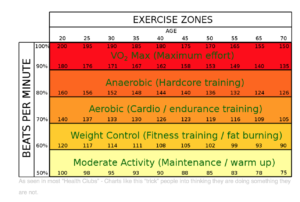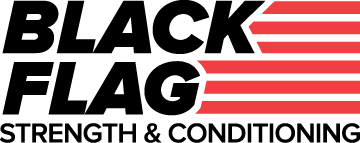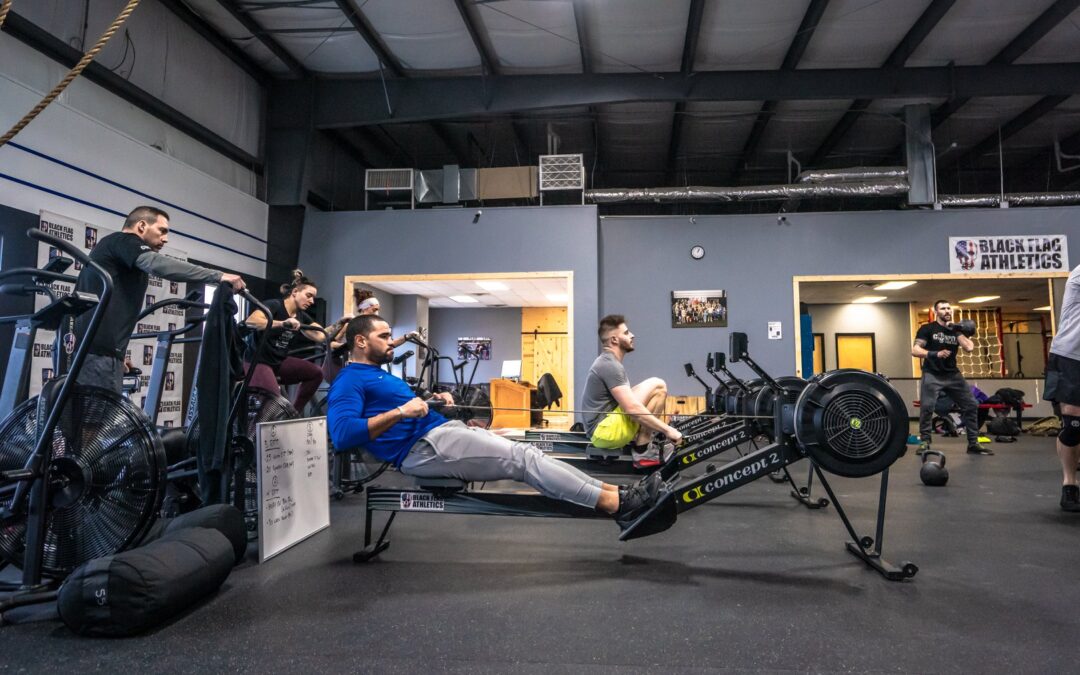I recently had an athlete ask me why they have such a difficult time “staying in the zone” and why there is so much heart rate fluctuation when training using different modalities. I had already known that Target Heart Zone Training can be inaccurate and can be even more so if you well conditioned with a higher VO2Max as well as some other variables. However, I never knew how inaccurate these “wearables” could be.
But, this short conversation prompted me to do some research, and I was overwhelmed by the information out there on just how inaccurate heart rate monitors and “zone training” can be…
“One of the most misleading and yet longest-standing myths is that the fastest pulse your heart is capable of reaching is found by a simple equation: 220 minus your age.” – Dr. Andy Galpin (Unplugged (book) 2017)
This idea of a maximum heart rate is based on a review of data compiled in 1971 and the subsequent creation of a “line of best fit “…” The problem is that the numbers collected in these studies are almost all based on observational studies rather than actual heart rate testing of various age groups and the statistics such scientific work would’ve provided.” – (“The Surprising History of the HRmax=220-Age Equation,” Journal of Exercise Physiology, May 2002)
If this the case, then the heart rate monitor algorithms are based on faulty formulas, so the idea of the training in “target heart zones” is based on this flawed premise.
The inaccuracies of the adhering to the faulty formula of establishing a target heart zone to train based on the misleading idea that to find one’s maximum heart rate you subtract your age from 220 cannot be minimized. The understanding of this is a game-changer, especially since there are entire fitness businesses out there fooling people into thinking that they are training in their “Fat Burning Zone” based on this calculation and nothing else. No blood lactate testing, no VO2Max testing, take 60-70% of your THR, and boom – you’re there! Why would we think that something so complicated would be so simple and the same for everyone? It’s like saying we all have the same one rep max lift.
Then you need to take into account the fact that heart monitors can be wildly inaccurate. It turns out that Heart Rate Monitors themselves are not very reliable and can vary by as much as 50 beats per minute!!! And they become even more unreliable when switching from one modality to another (running, rowing, riding, lifting, etc.)
“when tested with subjects walking or jogging at low speeds on a treadmill, typically 20-70% of the readings given by the machines had errors of greater than 20 bpm. In some cases, over 50% of readings had errors exceeding 50 bpm.” (“The Accuracy and Reliability of Commerical Heart Rate Monitors,” British Journal of Sports Medicine, 1987).
Although this research is dated, it is still relevant. Most current research does indicate that the heart rate monitors used today are much improved but can yet have a deviation of +/- 10%, which still seems like a lot.
Further still, is that these pieces of the equipment become even more inaccurate with higher intensity interval work.
“if the intensity is a lot higher, above 160 beats, then the blood passing is so fast that when you add movement as well, it becomes really difficult to get the right reading.” (“Optical HR Accuracy: The Experts Speak,” wearable.com, February 2016)
So, if the equipment is flawed and the data is erroneous, why we do still see this as the gold standard? Interesting question? And something we should consider?
Don’t get me wrong. I DO believe there are a time and place to use heart rate monitors. If you are starting on a fitness program or have a history of heart or cardiovascular disease, they are good to monitor your level of exertion. I have also used them (after getting individual VO2Max tests), with competitive athletes for recovery sessions and breathing work. But if your sole basis of training is “to get into the zone” or “stay in the zone,” and obsessively look at your wrist, you may be fooling yourself.
The assumption that we all have the same target training zones regardless of lifestyle and genetics is an almost comical proposition. However, there are people all over the world walking into chain fitness centers and starting there heart rate monitors, without really having an understanding or appreciation of how powerful, if used correctly, that tool can be. Nothing in life is easy, and the same is the case for understanding and utilizing correct heart rate based work.
So next time you walk into a gym that claims to use the “science of heart rate monitors” and push you to “stay in that zone.” Realize that they are using weak data and outdated science to manipulate you into thinking you are doing something you are not. If you want to “train in your zones,” consider hitting up an exercise physiology program at your local college, getting a VO2Max test so you can accurately assess training zones and progress. Not only will it show your maximum work rate so you can utilize the proper training zones, but it will also give you a glimpse into the metabolic properties (what fuels you use) when you are exercising in those zones.
So next time you head out to exercise, spend more time focusing on the exercising and less time watching your zones.
Yours In Fitness,
“Take care of your body. It’s the only place you have to live.”
CEO/Owner – Black Flag Athletics


The freedom of exercise without data can be lifechanging. I have seen athletes literally walk off the start line of a competition because the battery on their watch was dead and they didn’t know what to do or think it was worth trying.
Some of the best things I have learned and taught others over the years in regard to exercise intensity is how to listen to your body. Whether this is with a borg scale, breathing rhythms, the talk test, or just leaving a rep or two in the tank, it means you will always be in the right training zone regardless of what is happening inside of your body or your watch today.
There is certainly a time and a place for power/pace/%1RM charts and calculations, competitions are won by the strongest and fastest competitors after all, but use these numbers more like a starting point and don’t let them rule your life. Get out there and enjoy the exercise and your performance will develop naturally.
This is a great post. I have noticed all of this when using my Garmin and have learned to keep the numbers on the watch in perspective as a loose guide, focusing far more on perceived effort and how I feel…and specifically on longer, steady state runs, I perform far better and enjoy the ride a lot more.